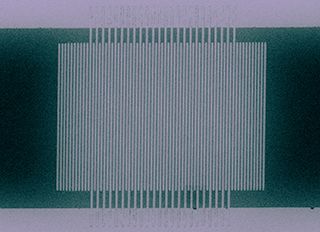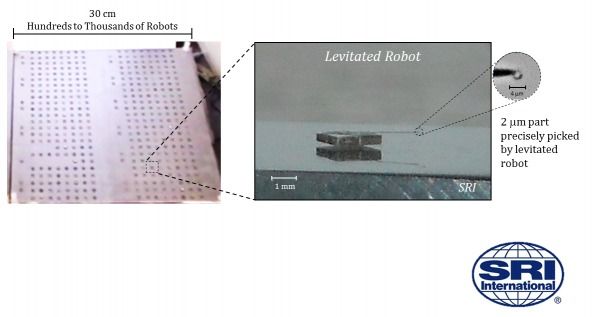Feb 5, 2016
Northwestern University researchers develop a hybrid polymer
Posted by Karen Hurst in categories: biotech/medical, computing, electronics, materials, nanotechnology
What would be really cool is have a “Computer Screen in a Can”; take your polymer spray and instantly create a screen on a table, a window, suitcase, etc. with your “Computer Screen in a Can”; U Can! I can just imagine the infomercials. On a more serious note — NW Univ has developed a new Hybrid Polymer which is going to expand the capabilities of polymer into so many areas in medicine, to manufacturing, electronics, self reparing material & devices, etc.
http://www.compositesworld.com/news/northwestern-university-…id-polymer
A completely new hybrid polymer has been developed by Northwestern University (Evanston, IL) researchers.
“We have created a surprising new polymer with nano-sized compartments that can be removed and chemically regenerated multiple times,” said materials scientist Samuel Stupp, the senior author of the study and director of Northwestern’s Simpson Querrey Institute for BioNanotechnology. The study was published in the Jan. 29 issue of Science.
Continue reading “Northwestern University researchers develop a hybrid polymer” »
 What would be really cool is have a “Computer Screen in a Can”; take your polymer spray and instantly create a screen on a table, a window, suitcase, etc. with your “Computer Screen in a Can”; U Can! I can just imagine the infomercials. On a more serious note — NW Univ has developed a new Hybrid Polymer which is going to expand the capabilities of polymer into so many areas in medicine, to manufacturing, electronics, self reparing material & devices, etc.
What would be really cool is have a “Computer Screen in a Can”; take your polymer spray and instantly create a screen on a table, a window, suitcase, etc. with your “Computer Screen in a Can”; U Can! I can just imagine the infomercials. On a more serious note — NW Univ has developed a new Hybrid Polymer which is going to expand the capabilities of polymer into so many areas in medicine, to manufacturing, electronics, self reparing material & devices, etc.
















